Violets "Tiffany Diamond": description of the variety, planting and care features
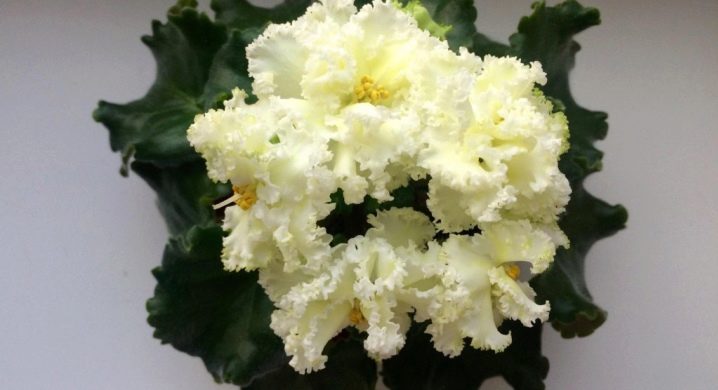
Violet "Diamond Tiffany" appeared among plant breeders in 2006, since then it has been actively grown on windowsills and pleases with its beauty. The flower does not require special care, therefore it is recommended for breeding even for beginners in floriculture.
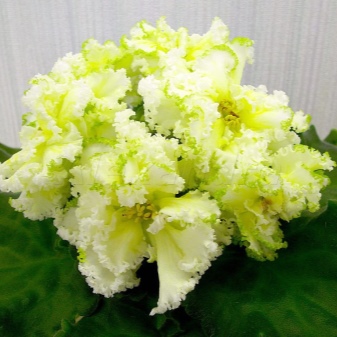
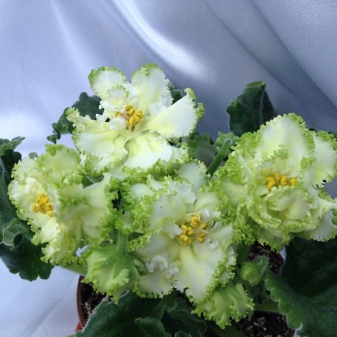
Description
Despite the absence of a bright color, the violet "LE-Brilliant Tiffany" shows very large flowers. These are yellow-green double stars that have a corrugated edge. In the description of the variety it is said that the flowers of the ruff can be either green or pink. True, in the second case it will already be a subspecies of the variety called "Sport".
The rosettes contain light green leaves, which also have a wavy edge. Sometimes the color can be more intense, depending on the conditions of the plant.

Care
Like any flowers, violets require, albeit small, but competent care for themselves. Consider these activities.
Landing
For planting, you can use a ready-made mixture or universal soil. Some growers prefer to create their own soil, in this case it is better to take soil, peat and sand in a ratio of 5: 3: 1, respectively. The plant is planted in small pots, the container is changed once a year. The soil should be loose and well-drained and high in organic matter.
The soil should remain slightly damp, but the leaves should not get wet, as they are prone to rotting. Water at room temperature is used for irrigation. Violet is fertilized every 2 weeks with a mixture with a high phosphorus content, and it is desirable to use organic compounds, but only in the summer growing season.
Thin, dark green leaves indicate that the plant is receiving too little light. In this case, it is better to transfer it to a window or put a source of artificial lighting.
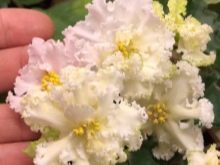
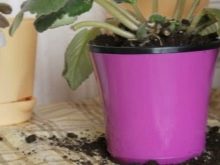
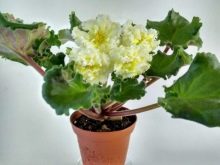
Light and temperature
Violets love warmth, so they should be kept in a room where the ambient temperature is 20 to 23 degrees Celsius. At the onset of winter, if the plant hibernates, a decrease in this parameter to the level of +18 degrees is permissible.
As for the light, although the flower loves it in large quantities, it must be scattered, otherwise brown spots will periodically appear on the leaves, which indicate burns. If the violet grows on a windowsill, it is best to have a light curtain over the window. The north and west window sills are ideal places for this plant. It is important to ensure that the foliage does not touch the glass. You can improve the conditions for violets by installing lamps with artificial light, then the flower will delight with flowering all year round. A day to actively maintain violet flowers requires 12 to 14 hours of continuous light.
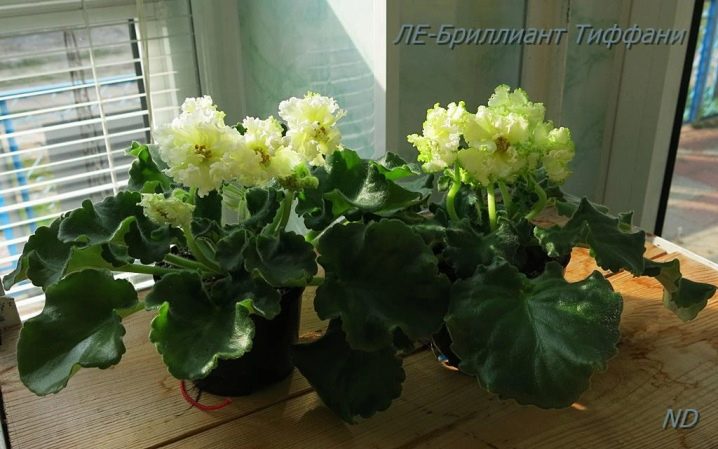
Watering
These flowers do not like too much moisture, but at the same time they do not tolerate drought, therefore, it is necessary to strictly control the water regime. Do not allow water to get on the leaves and stems, otherwise it will cause decay. If this happens, it is better to remove moisture from the plant with a soft cloth.
Most professionals recommend a wick irrigation method with one end of the wick in the ground and the other in a container of water. So the plant takes just as much moisture as it needs, but you need to moisten the soil at least once every three weeks.
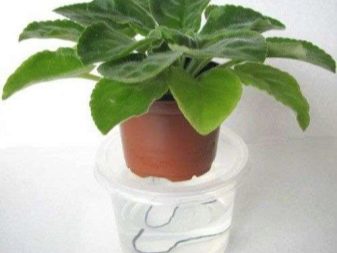
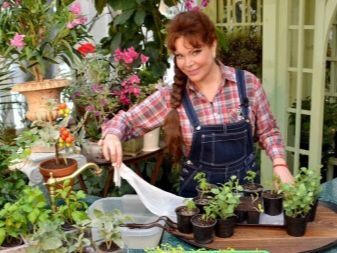
Top dressing
Violets love fertilizers and need them throughout the growing season, and if grown under artificial light, then all year round. Scientists have developed many complexes that are supplied for sale ready-made. They are brought in together with watering once every two weeks.
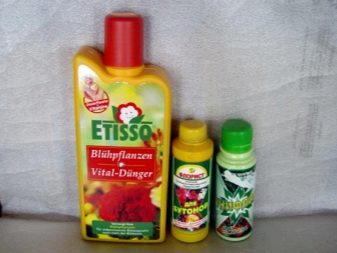
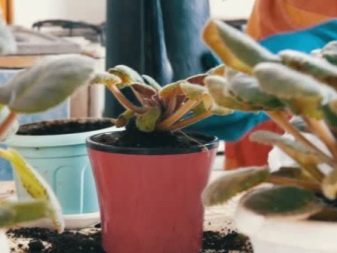
Reproduction
If there is a desire to propagate the plant, then it is better to do it with stepchildren, since this is how you can preserve all the characteristics of the variety. With other methods, the benefits of the variety are lost over time. The shoots are carefully cut and placed in a container of water, adding a growth activator to create a root system. As soon as this happens, you can land in the ground.
In the first year of life, it is recommended to use sphagnum moss soil for violets, since it is light and retains moisture well. Later, the plant is transplanted into a larger container with dense soil, possibly even containing loam.

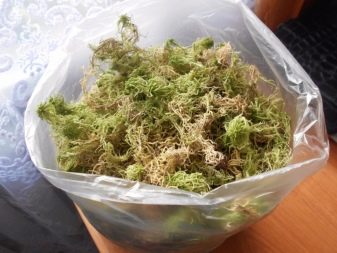
Pests
Often, a plant breeder has to deal with cyclamen mites. It is almost impossible to completely remove them, therefore it is recommended to dispose of the infected plant. In addition, the flowers infect powdery mildew, various forms of decay and late blight.
From most diseases, the violet dies if you do not react to them in time. The same goes for the effects of insects, which like to feed on the sap of this plant. If you pay more attention to detail, you can keep the plant free from ticks, aphids and various fungal diseases to which it is exposed.
Pests quickly go away if you treat the plant with ordinary soapy water, but you can also use alcohol or vodka for this.
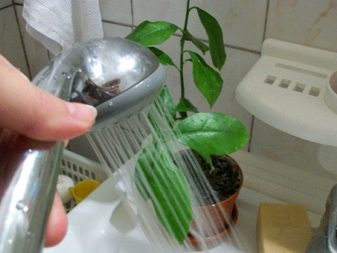
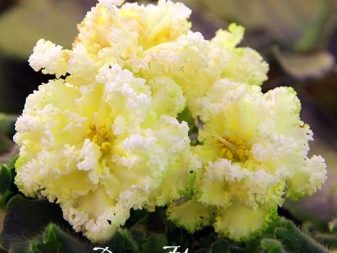
You just need to wipe the foliage and stems with a cotton swab to get rid of the problem. A decoction of onion husks, which is sprayed on the bush, helps a lot.
As for root rot, then it is removed along with the damaged roots., completely change the soil, and in the future they strictly monitor that the ground does not remain wet for a long time.
Bacterial infections are difficult to treat, it is better to carry out preventive work: monitor the amount of light, the level of humidity, and the temperature in the room. And fungicides do an excellent job with fungal diseases - powdery mildew and downy mildew.

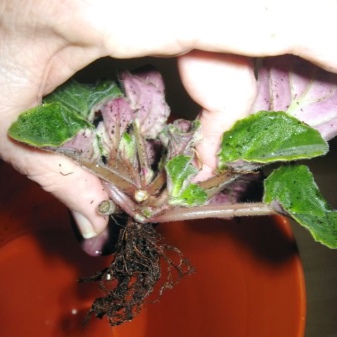
What to do to make violets bloom all year round, see the video.































The comment was sent successfully.